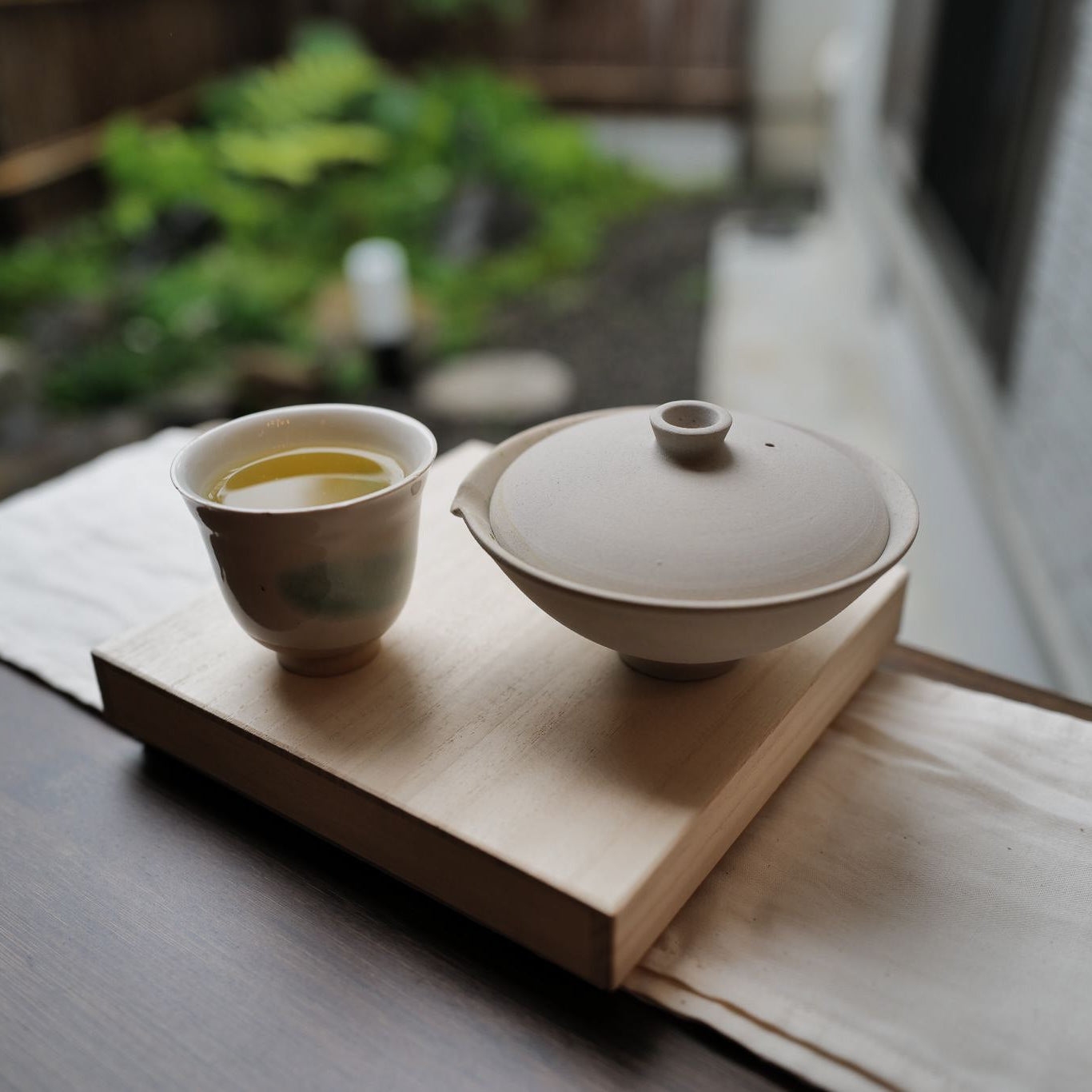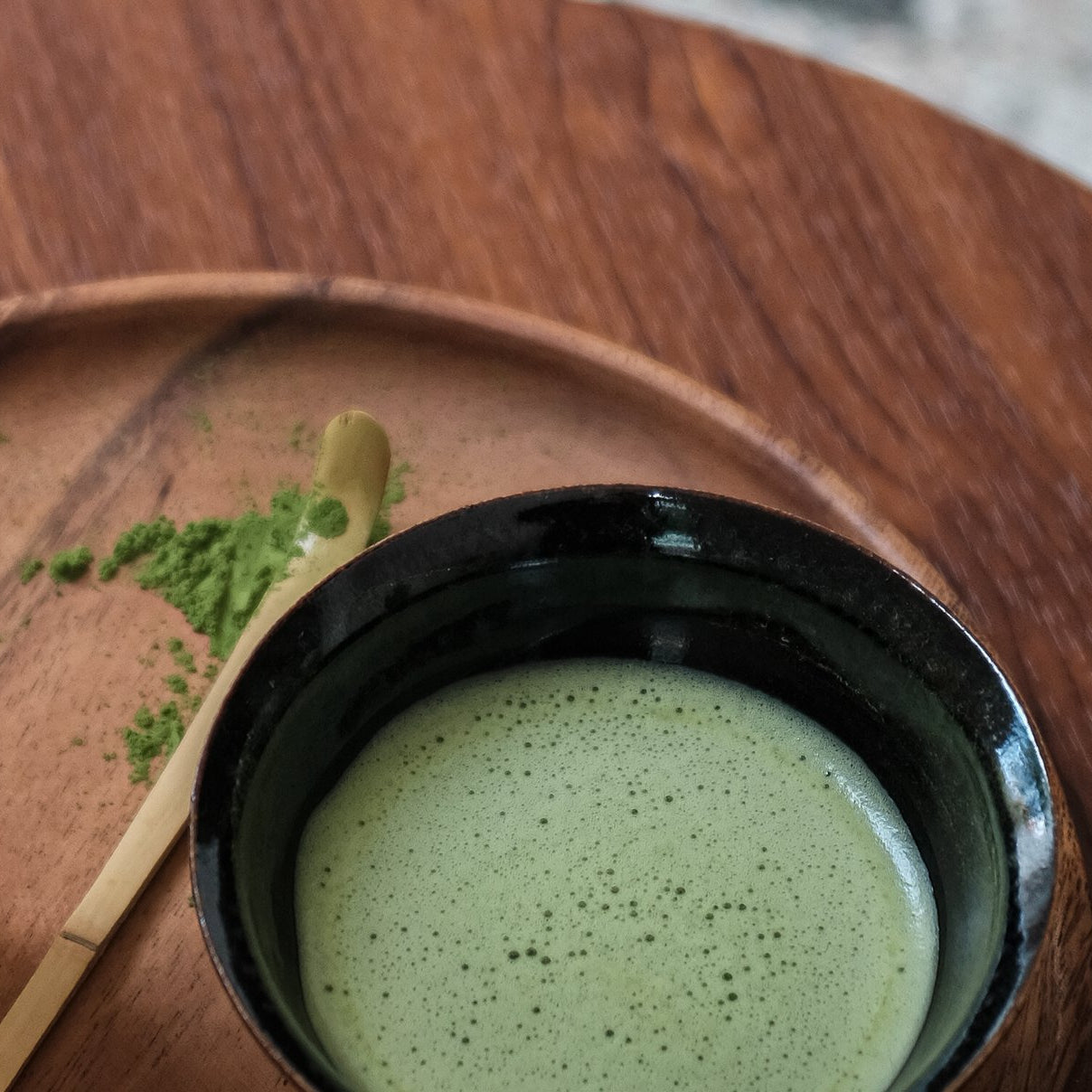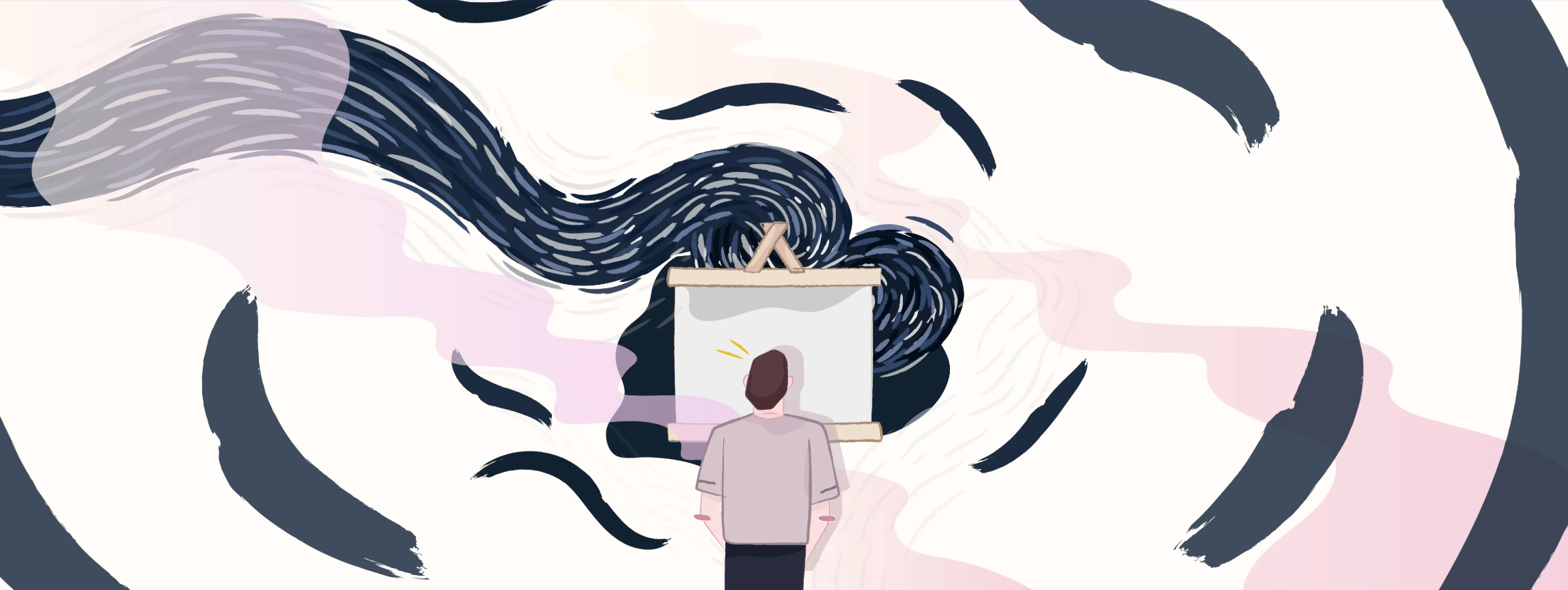WHAT ARTISTS NEED TODAY
by Haojing | December 03, 2019
The truly great art pieces stand relevant both in their time and generations after. What remains consistent is the beauty and meaning of these works, thereby creating relevance for every generation.
In the movie Midnight in Paris, Gil Penders, a successful but creatively unfulfilled screenwriter struggling to finish his first novel made a trip to Paris, hoping to gain inspiration. He was strolling on the streets of Paris when a car pulled up beside him at midnight and the passengers, dressed in strange costumes beckoned for him to join them to a party. The car teleported back in time to the 1920s, an era he considered the Golden Age for the arts. Over the next few nights, the same car appeared and he got acquainted with many legendary artists and literati such as Gertrude Stein and Pablo Picasso.
There he also developed feelings for Adriana, Picasso's lover who had a deep longing for the past, especially for the Belle Epoque. One night, Gil and Adriana managed to time travel further back in time on a horse-drawn carriage to the Belle Epoque, where they met the idols of Adriana in the Moulin Rouge. The irony was that the idols, too, longed for a different Golden Age of the arts, which to them was the Renaissance. Adriana, though disappointed, eventually decided to stay in the Belle Epoque while Gil made his way back to the current time. As he was leaving, an epiphany hit Gil, and it was perfectly summed up in the opening line of his novel: “What was prosaic and even vulgar to one generation had been transmuted by the mere passing years to a status at once magical and also camp”.
Nostalgia is a powerful feeling. It offers an escape from the harsh reality of the present time and calls out to the audience like a siren. As the grass is always greener on the other side, so is time of a bygone time.
Unfortunately, life isn’t a science fiction, and it is unlikely for an artist to be able to time travel forward or backward in time. He/she needs to find their own place in their own era. So what do we, as artists, need today? How can we feed both our soul and our stomach? For the term “starving artists” has become commonplace.
Unfortunately, life isn’t a science fiction, and it is unlikely for an artist to be able to time travel forward or backward in time.
When speaking to various artists, many will feel that what is needed is for them to gain more marketing and business expertise. After all, that is the skill set needed for them to make an income and support their daily life. But others may feel that by doing so, it undermines the artistic nature of their work. Do you create to please the market and survive, or do you create to express your true message and risk financial stability? Such is the Cornelian Dilemma of an artist.
But regardless of whether an artist chooses to be part “businessman’, there is no denying that a fundamental need is to connect with their audience — the current generation — and aim to be relevant to them. To be relevant to a group of people who are living in an ever increasing pace of life, and in an environment wherein dozens of distractions call out to them every single minute.
To be relevant is to fill a gap or need of the audience. Be it in the form of an answer, reprieve or hope. While a piece of art is often not the answer in itself, it points people to find it within themselves. Legendary Harvard Business School marketing professor Theodore Levitt famously said, "People don't want to buy a quarter-inch drill. They want a quarter-inch hole!". With that hole, people will perhaps install a shelf; and on that shelf, display their prized possessions or whatever they please. As artists, our job is to provide the right drill, for our audiences to create their own hole and purpose for it.
"People don't want to buy a quarter-inch drill. They want a quarter-inch hole!"
~ Theodore Levitt, Harvard Business School marketing professor
But how do we become relevant? There are many ways, as there are many people with needs of various drill sizes. But we opine that the best way is to employ the ways that are unique to the arts, which is through beauty and meaning. The truly great art pieces, that stand relevant both in their time, and generations after, all share these traits.
While it may be easy to attribute the allure of the architecture of Florence or the smile of Mona Lisa to mere nostalgia, that argument leans towards being over simplistic. The real reason why they are still charming despite the lapse of time, is, for a large part, because of their timeless beauty. Art, is first and foremost about being aesthetically pleasing.
Certain beauty are timeless. The constellation on a clear, cloudless night, the deep crimson of the rose, or the dancing amber in the fireplace. Man has been drawn to the beauty of nature for as long as they walk the earth. And certain beauty are governed and applied unto the piece by the culture, social norm and fashion of the time.
The smile of Mona Lisa will likely still seduce centuries from now, but a black dot on an empty canvas may lose its relevance with the blink of the eye.
While it is true that having meaning to a piece is important, many artists fail to realise that without true beauty, the meaning often can’t be conveyed effectively. To have an audience you must first attract the audience. And humans have been hardwired into loving things that are pleasing to the eyes.
And to create these timeless beauty, one requires an attribute rarer than natural talent — perseverance.
And to create these timeless beauty, one requires an attribute rarer than natural talent - perseverance. French author Andre Gide once said “Art begins with resistance - at the point where resistance is overcome. No human masterpiece has ever been created without great labour.” It is said that an apprentice under a true sushi master is made to wash rice for an entire year before he earns the right to learn about the fish.
All the great artists in history share a simple trait - the endless pursuit of mastery. To these artists it is a never-ending marathon, with the true prize being the journey. To see oneself surpass his younger self.
To have unparalleled beauty without meaning is to be a body without a soul. We, as humans, have been gifted with the unique ability of thought and contemplation. A meaning can be explicit or implicit.
To have unparalleled beauty without meaning is to be a body without a soul. We, as humans, have been gifted with the unique ability of thought and contemplation.
Certain art forms such as film or painting have the ability to explicitly convey the artist’s thoughts and intent. Religious paintings of the Renaissance or the giant Buddha statue carved into the mountain Leshan. Political arts by the likes of Théodore Géricault or Banksy. Or the documentary depicting the truth about global warming. These art forms have been used by artists of all ages and cultures to bring about important messages through clear communication means.
On the other hand, certain artforms carry messages in a more subtle and implicit manner. A held position in ballet, or a sustained note in a classical piece. The deliberate movement and pauses of a sado practitioner in a tea ceremony. These artforms often carry equally profound meaning in their presentations, just with a different way of communication, and leaving room for the imagination and interpretation by their audiences.
When combined, the beauty and meaning of an art piece creates the magic that can truly move and inspire a person.
Undoubtedly, it is a difficult time to be an artist. But an artist friend once commented that there are plenty more difficult professions out there. At times, such an attitude and a firm belief in our craft and purpose is the best crutch when we encounter a steep mountain to scale in this journey. And perhaps with such hope, we can see our work inspiring not just the future generation, but our very own.









